In 1995, Coca-Cola aired one of the most enduring Christmas commercials of all time: "The Holidays Are Coming."
The ad featured glowing red trucks driving through snowy towns, with Santa Claus smiling from the side of each trailer. Its soundtrack evoked a strong sense of nostalgia. The advertisement was pure, fizzy magic—a charming piece that made people feel warm and loyal to the brand simultaneously.
For nostalgia’s sake, you can watch the original below:
- YouTubeThe Hall of Advertising
Fast-forward to 2025, and that same ad has been given an “upgrade” no one asked for: artificial intelligence.
Last Monday, Coca-Cola released its latest “Holidays Are Coming” campaign on YouTube, marking the second consecutive year the company has leaned heavily on AI to power its Christmas messaging.
This time, AI-generated animals—seals, rabbits, porcupines, and puppies—gaze dreamily at the iconic trucks as they glide through digital snow. In another spot, sweater-wearing meerkats and foxes in peacoats wave at Santa as he hands out cold bottles of Coke. The visuals are undeniably slick, but many viewers argue the soul has been traded for code.
You can watch the controversial ad here:
- YouTubeCoca-Cola
The company partnered with two AI studios, Silverside and Secret Level, to create the animated scenes, while a more traditional spot featuring live actors and the 1970 hit “Feliz Navidad” was handled by WPP OpenX, led by VML.
But the general sentiment online? People miss the human touch—literally.
Coke’s new trucks may roll more realistically than last year’s oddly hovering ones, and the characters no longer look like wax mannequins. But swapping out actors, animators, and film crews for algorithms hasn’t exactly filled people with holiday cheer.
Hollywood writer Alex Hirsch, best known for Gravity Falls, didn’t mince words on X:
“FUN FACT: @CocaCola is ‘red’ because it’s made from the blood of out-of-work artists! #HolidayFactz”
If Gravity Falls taught us anything, it’s that nothing good happens when you let the triangle-shaped tricksters run the show.
Coca-Cola, for its part, insists this is progress, not replacement:
“We need to keep moving forward and pushing the envelope… The genie is out of the bottle, and you’re not going to put it back in.”
That statement came from company leadership when pressed on why they doubled down on AI despite last year’s backlash. The company declined to disclose the cost of the new campaign but admitted it was “more cost-effective and faster” than traditional shoots.
Chief Marketing Officer Manolo Arroyo explained that AI shaved months off the timeline:
“Before, when we were doing the shooting and all the standard processes for a project, we would start a year in advance. Now, you can get it done in around a month.”
But hold your AI horses. Efficiency, of course, has its price.
While Coca-Cola insists that “human storytellers” still guided the creative direction, critics argue that “guidance” isn’t the same as authorship. The company’s behind-the-scenes reel proudly reveals that just five AI specialists generated and refined more than 70,000 video clips in 30 days, a process that sounds less like filmmaking and more like data entry with Christmas lights.
Pratik Thakar, Coca-Cola’s global VP and head of generative AI, tried to calm the skeptics:
“Coca-Cola embraces innovation with AI-powered storytelling, bringing beloved holiday traditions and new festive narratives to life. Our new and refreshed ‘Holidays Are Coming’ adverts blend our heritage with modern innovation, demonstrating a unique collaboration of human creativity and cutting-edge generative AI.”
Translation: nostalgia is still marketable—it just no longer needs humans to make it.
The ad’s defenders say it’s just another form of digital animation, but skeptics see something darker: a sign that art, sentiment, and craftsmanship are being quietly automated out of existence.
Still, the brand insists people love it. According to System1, a U.K.-based ad-testing firm, the AI ads scored exceptionally high among viewers. Which, depending on how you interpret it, either proves audiences can’t tell the difference anymore or that they’ve stopped caring.
In the behind-the-scenes featurette, Coca-Cola narrates its creative process with the tone of a Pixar documentary—if Pixar had fired half its animators. A voiceover proudly declares that the team aimed for “super expressive hyperrealism” and “really cinematic scenes.” The AI crew, it notes, worked “frame-by-frame, often pixel-by-pixel,” to perfect the generated images.
You can watch the BTS feature below:
- YouTubeCoca-Cola
Meanwhile, some brands are taking the opposite route. Retailer Aerie, for instance, has publicly vowed not to use AI in its campaigns, a stance that resonates with nearly half of consumers across the U.S., U.K., Canada, and Australia who say they’re uncomfortable with AI-generated ads.
That said, resistance is softening: opposition has slipped from 49 percent last year to 46 percent now.
Social media’s response was as split as a Thanksgiving dinner debate—a few toasting “innovation,” and a majority pouring one out for the slow, eventual bottling of human creativity itself.
Despite the criticism, Arroyo reiterated that the heart of the campaign still beats with human creativity:
“The core of this, the engine of this, is human storytellers.”
That may be true, but fewer of those storytellers are getting paid.
Across the ad industry, entry-level roles are evaporating. A recent Adweek analysis found that employees aged 20 to 24—typically interns and junior designers—are vanishing from marketing firms as AI tools replace early-career creative labor. Layoffs at Amazon, Paramount, and other corporations this fall cited “AI integration” as part of restructuring plans.
Even Coca-Cola’s own CEO, James Quincy, announced that the company will “restructure its workforce next year as it incorporates more AI and agent-based tech.”
Hear that, Santa’s elves? The layoffs are coming.
So while Coca-Cola’s red trucks still sparkle and Santa still smiles, the magic feels different. It’s no longer about togetherness or nostalgia—it’s about efficiency and algorithms. The company insists the technology merely “enhances storytelling,” but that’s easy to say when your storytellers are neural networks.
With that said, the lights are still twinkling, the trucks are still rolling—and somewhere, HR is quietly updating the severance forms.

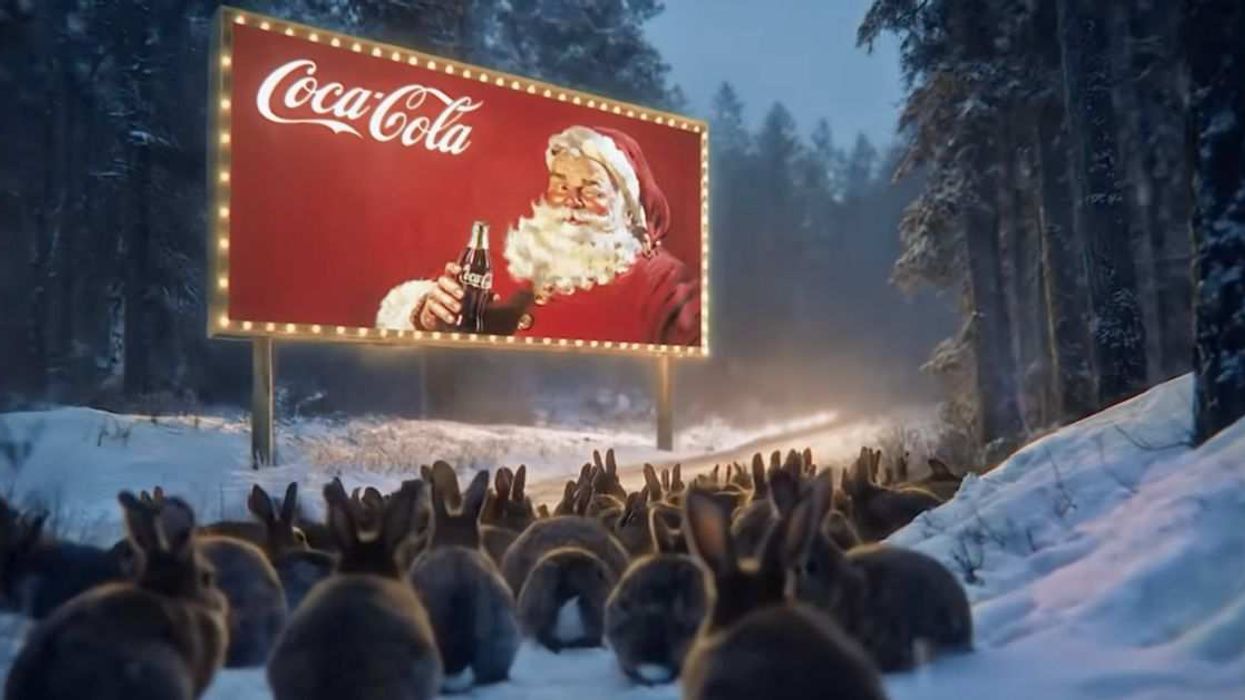

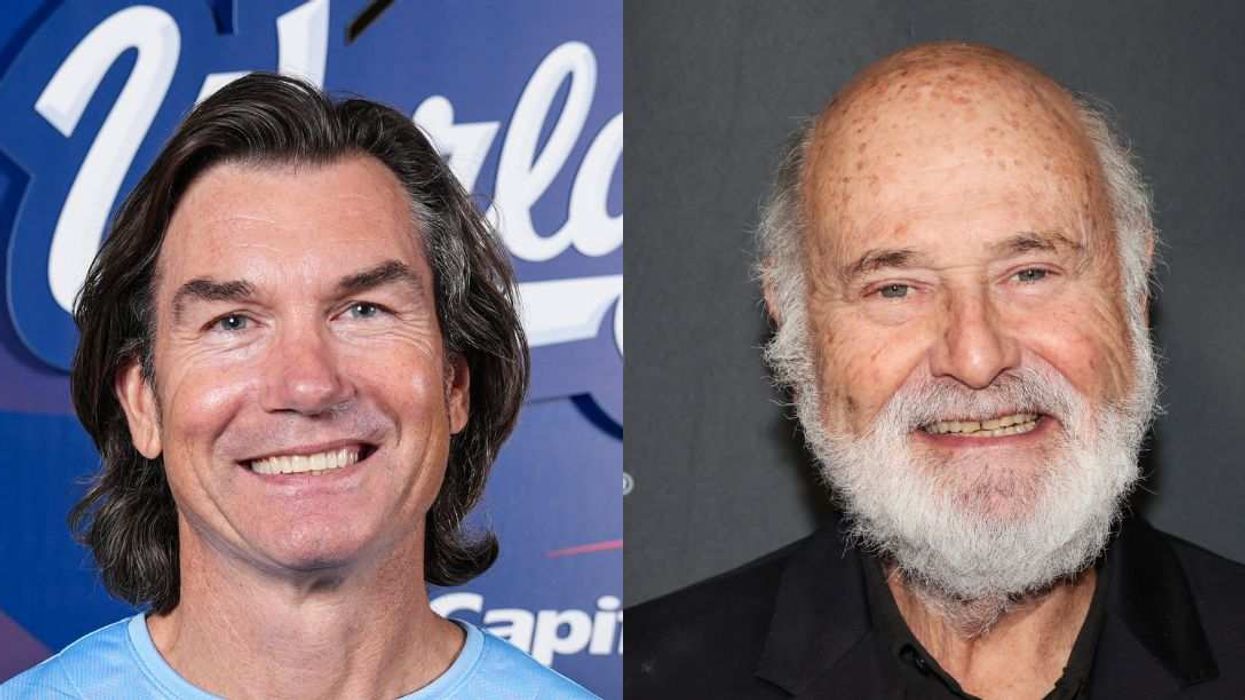

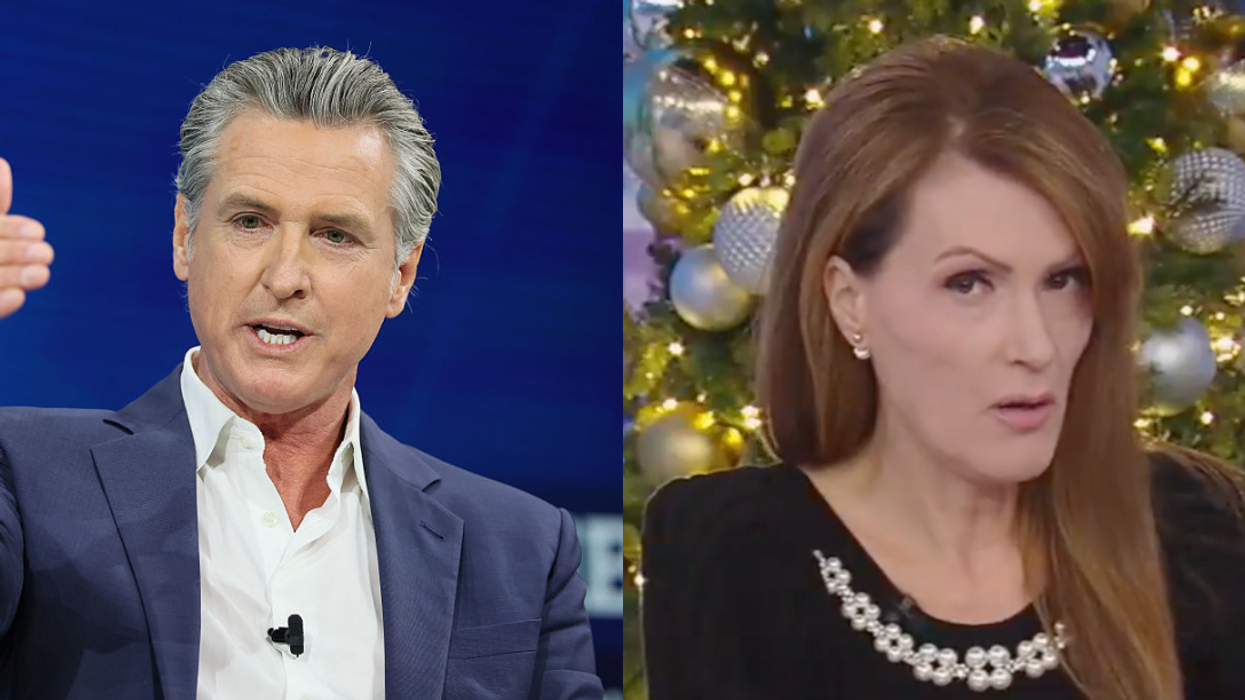


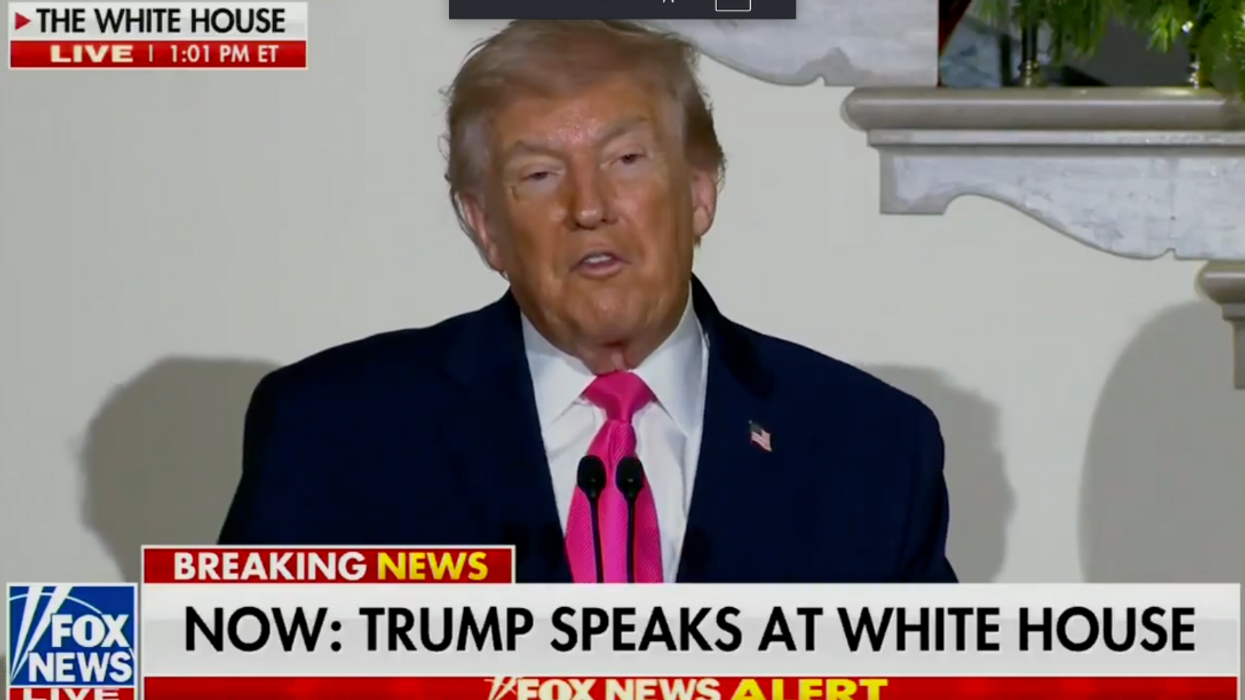
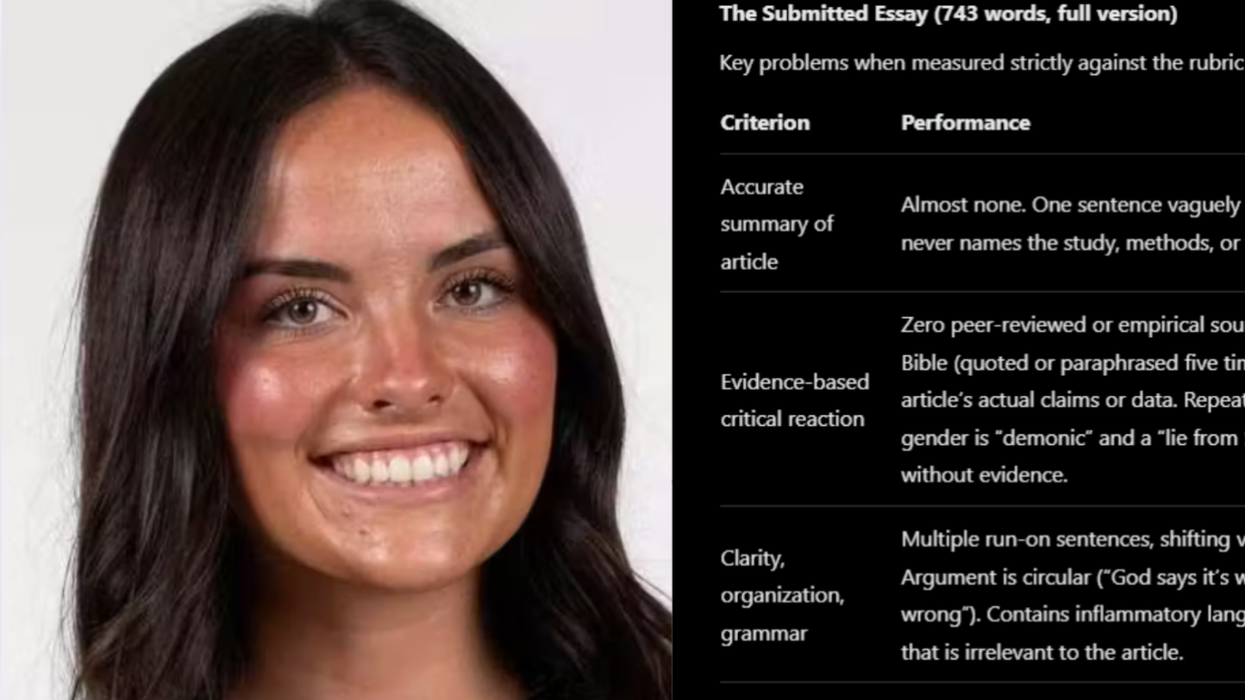
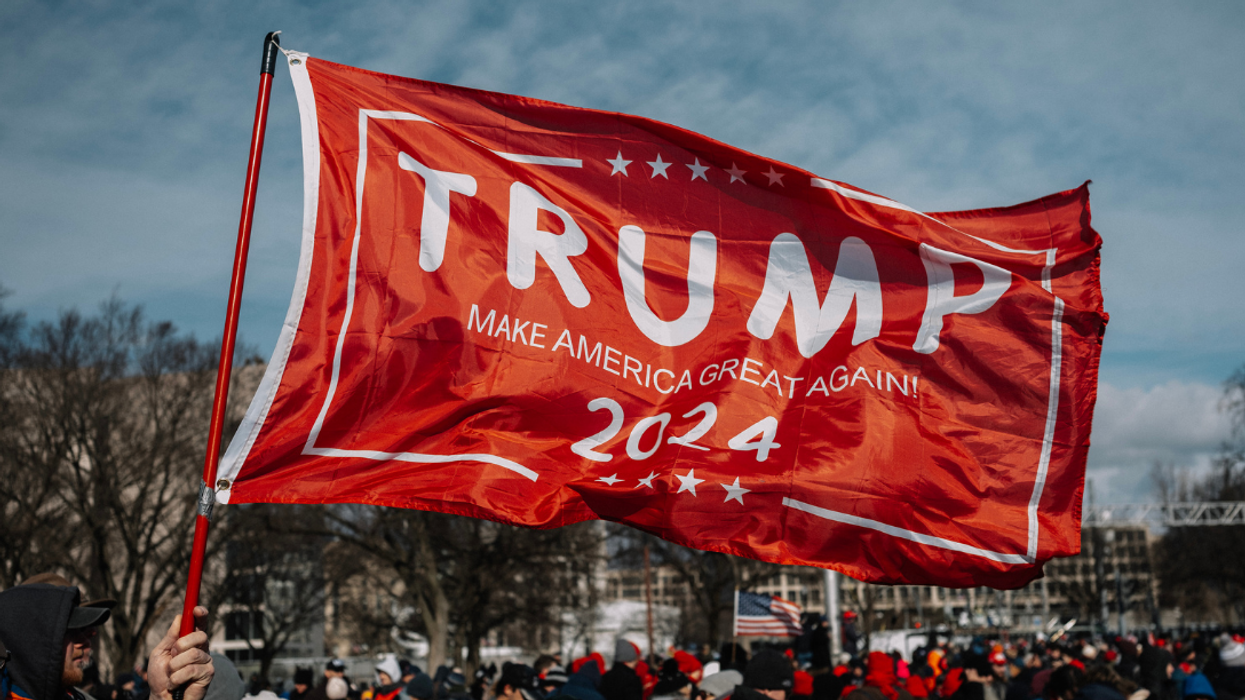
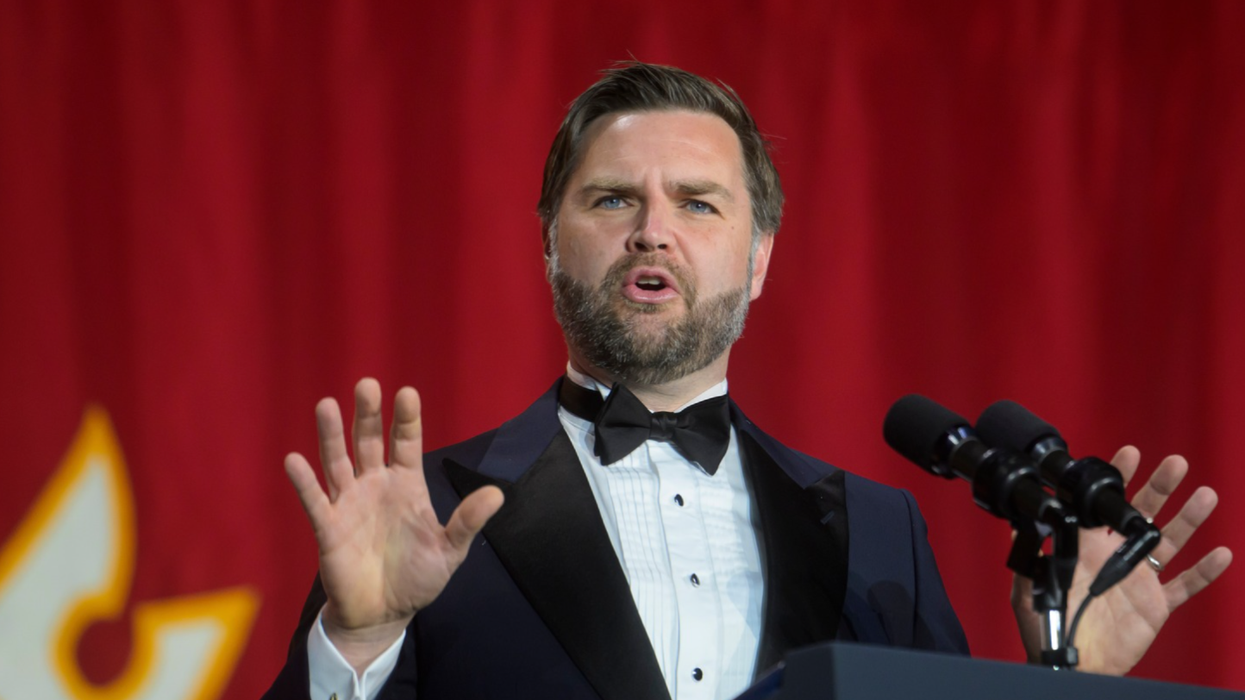


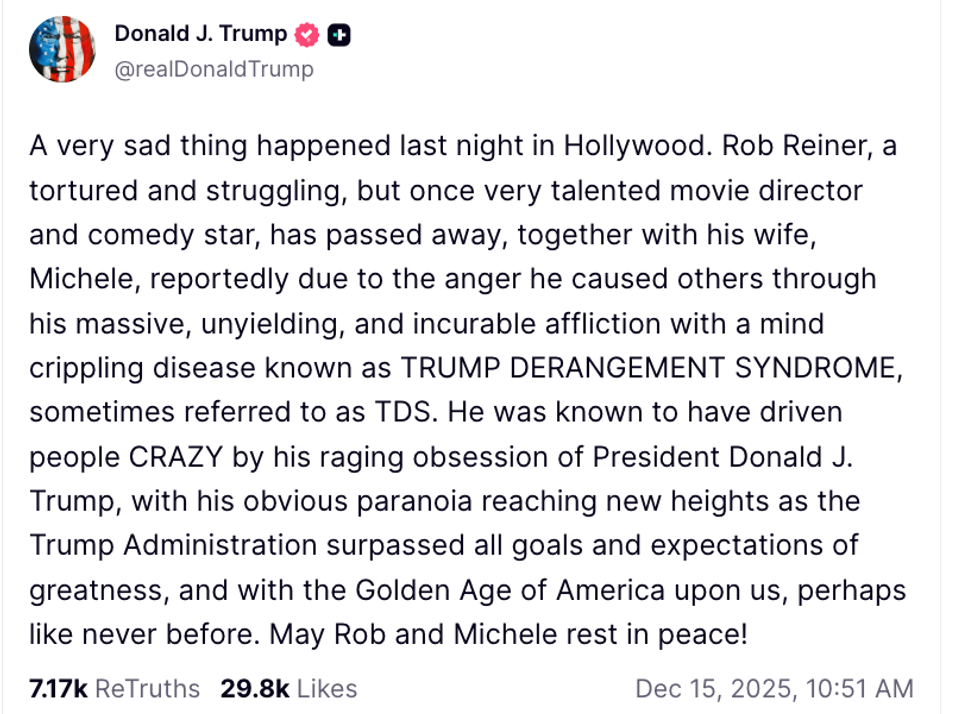 @realDonaldTrump/Truth Social
@realDonaldTrump/Truth Social
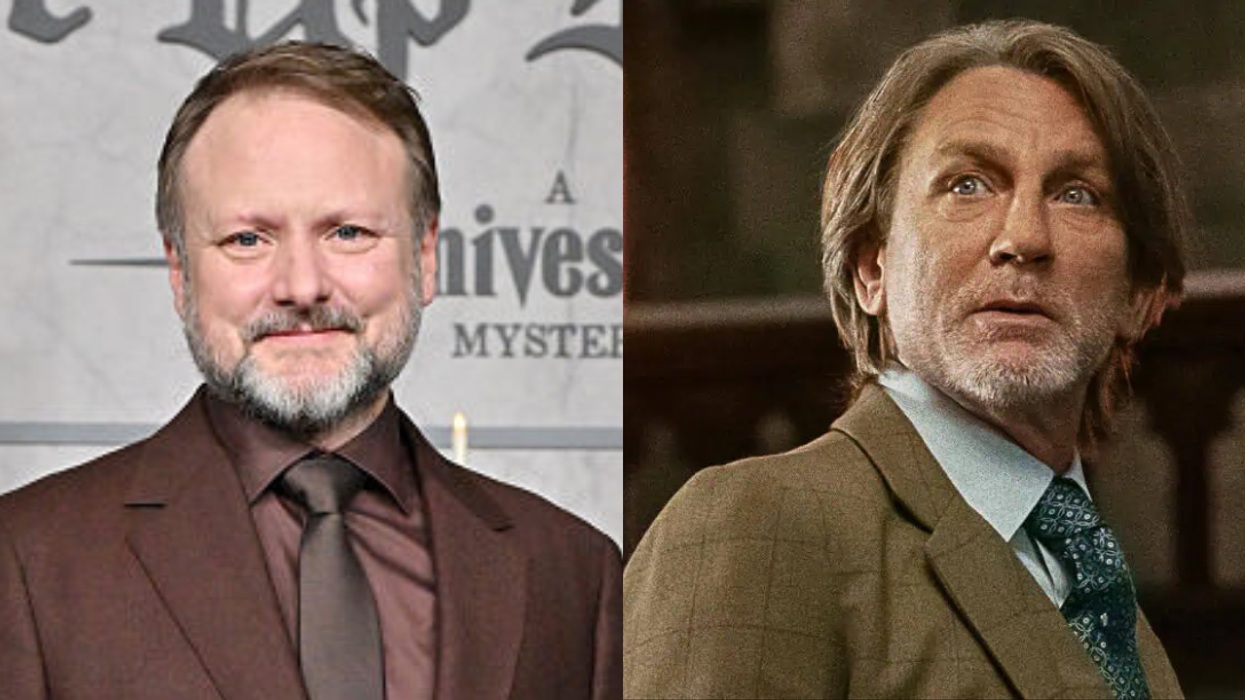
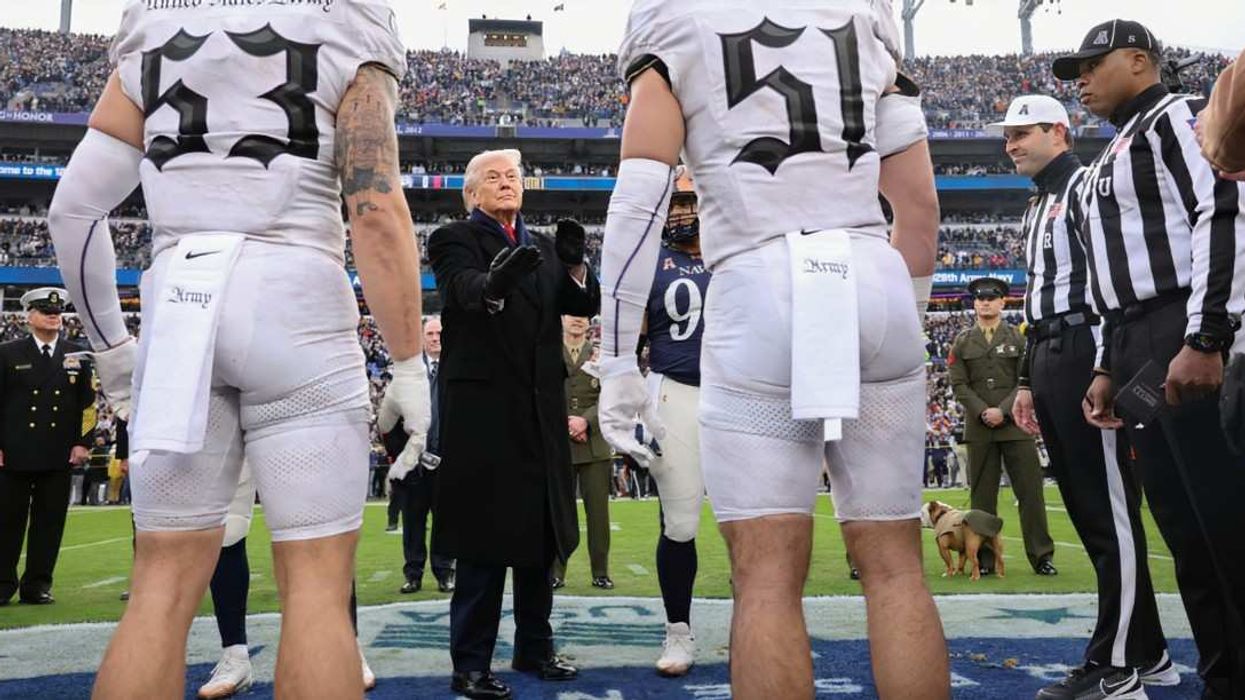

 NFL Memes/Facebook
NFL Memes/Facebook NFL Memes/Facebook
NFL Memes/Facebook NFL Memes/Facebook
NFL Memes/Facebook NFL Memes/Facebook
NFL Memes/Facebook NFL Memes/Facebook
NFL Memes/Facebook NFL Memes/Facebook
NFL Memes/Facebook NFL Memes/Facebook
NFL Memes/Facebook NFL Memes/Facebook
NFL Memes/Facebook NFL Memes/Facebook
NFL Memes/Facebook NFL Memes/Facebook
NFL Memes/Facebook NFL Memes/Facebook
NFL Memes/Facebook NFL Memes/Facebook
NFL Memes/Facebook NFL Memes/Facebook
NFL Memes/Facebook NFL Memes/Facebook
NFL Memes/Facebook NFL Memes/Facebook
NFL Memes/Facebook NFL Memes/Facebook
NFL Memes/Facebook NFL Memes/Facebook
NFL Memes/Facebook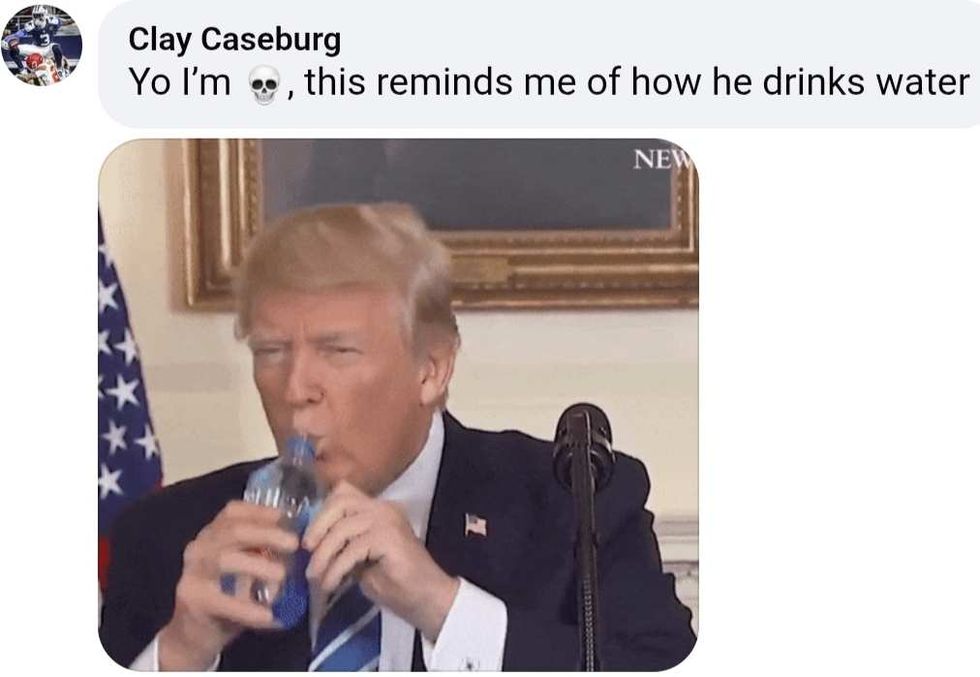 NFL Memes/Facebook
NFL Memes/Facebook NFL Memes/Facebook
NFL Memes/Facebook NFL Memes/Facebook
NFL Memes/Facebook NFL Memes/Facebook
NFL Memes/Facebook NFL Memes/Facebook
NFL Memes/Facebook NFL Memes/Facebook
NFL Memes/Facebook NFL Memes/Facebook
NFL Memes/Facebook NFL Memes/Facebook
NFL Memes/Facebook NFL Memes/Facebook
NFL Memes/Facebook